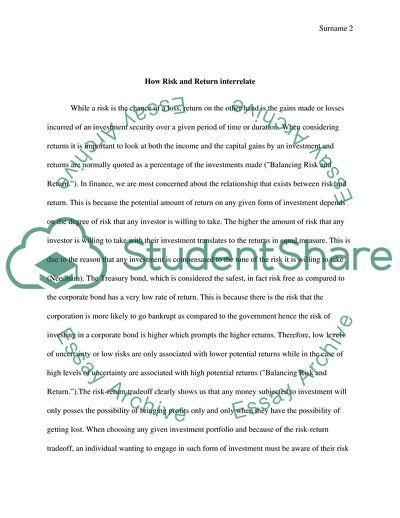Cite this document
(Risk and Return Research Paper Example | Topics and Well Written Essays - 1500 words, n.d.)
Risk and Return Research Paper Example | Topics and Well Written Essays - 1500 words. https://studentshare.org/finance-accounting/1795708-risk-and-return
Risk and Return Research Paper Example | Topics and Well Written Essays - 1500 words. https://studentshare.org/finance-accounting/1795708-risk-and-return
(Risk and Return Research Paper Example | Topics and Well Written Essays - 1500 Words)
Risk and Return Research Paper Example | Topics and Well Written Essays - 1500 Words. https://studentshare.org/finance-accounting/1795708-risk-and-return.
Risk and Return Research Paper Example | Topics and Well Written Essays - 1500 Words. https://studentshare.org/finance-accounting/1795708-risk-and-return.
“Risk and Return Research Paper Example | Topics and Well Written Essays - 1500 Words”. https://studentshare.org/finance-accounting/1795708-risk-and-return.


